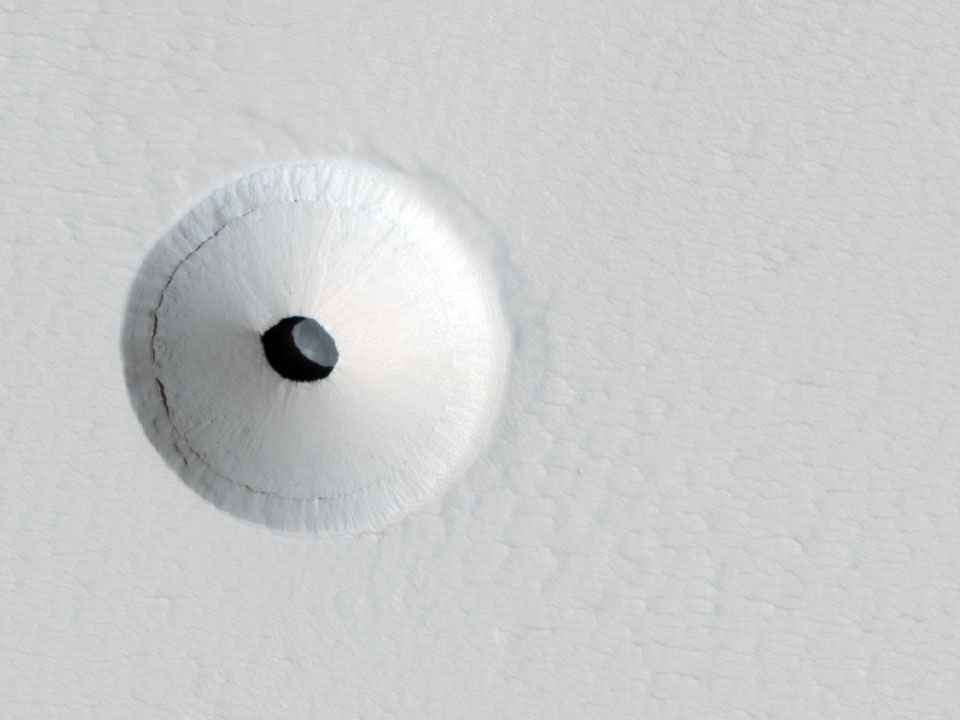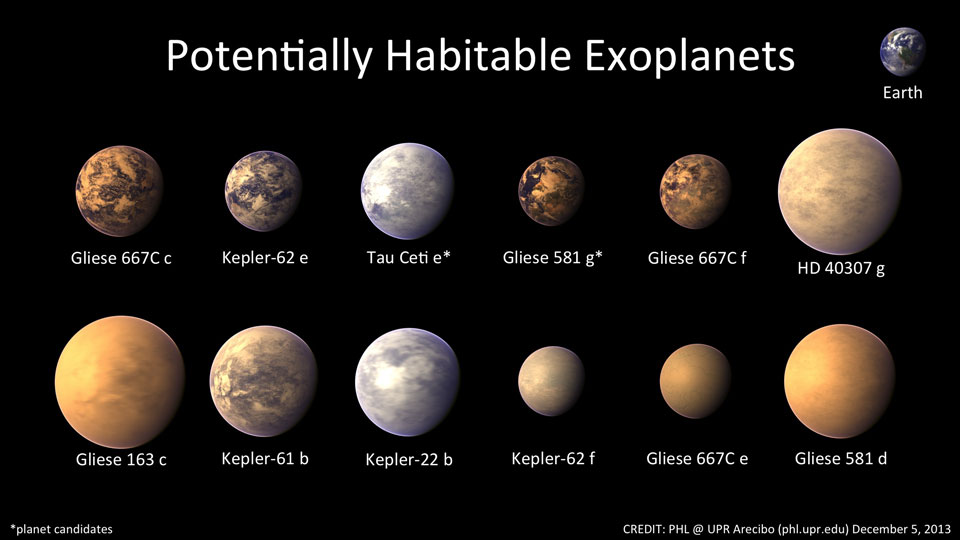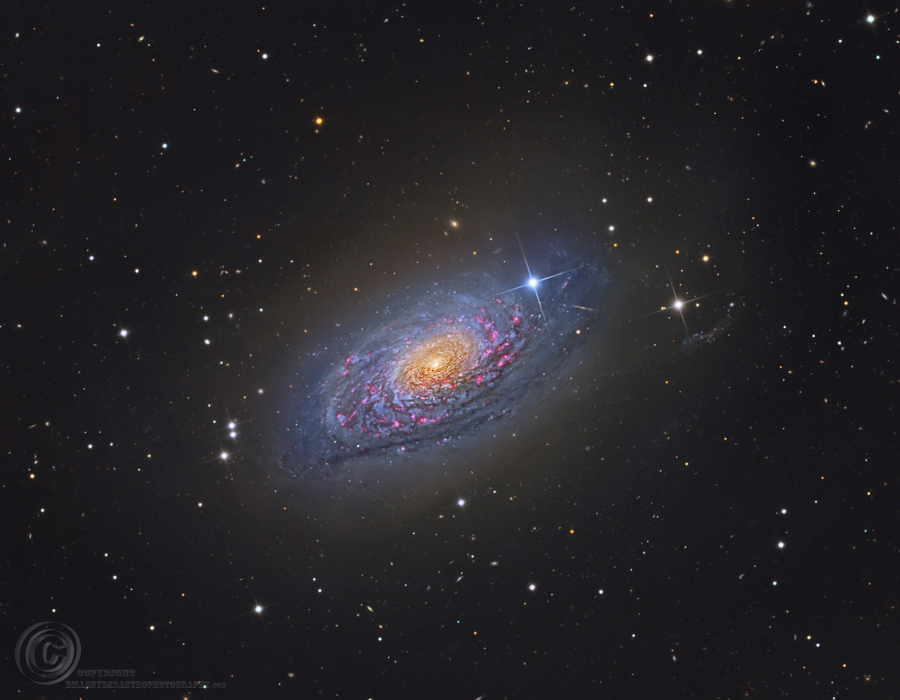
|
| Post New Reply |
| Author | Content |
|
Niceguy2
|
|
|
|
Date Posted:03/06/2014 11:29 PM I really love this site and |
|
ravch641943
|
#1 |
|
|
Re:Reply Topic Date Posted:03/07/2014 12:13 AM Nice.
Lots of stars for sure. Thanks for posting that. |
|
tamarafromTX
|
#2 |
|
|
Re:Reply Topic Date Posted:03/07/2014 1:09 AM |
|
Niceguy2
|
#3 |
|
|
Re:Reply Topic Date Posted:03/07/2014 9:29 PM Image Credit & Copyright: Jack Fusco Explanation: Brilliant Venus and the central Milky Way rise in the early morning hours of March 1 in this sea and skyscape. The scene looks out from a beach at Sea Isle City, New Jersey, USA, planet Earth. Of course, Earth orbits well within the solar system's habitable zone, that Goldilocks region not too close and not too far from the Sun where surface temperatures can support liquid water. Similar in size to Earth, Venus lies just beyond the inner boundary of the habitable zone. The watery reflection of light from our inhospitable sister planet is seen along a calm, cold ocean and low cloud bank. |
|
Niceguy2
|
#4 |
|
|
Re:Reply Topic Date Posted:03/07/2014 9:34 PM You're welcome, Ralph. This was a long-running thread in our old group and I thought I'd resurrect it.
LMBO, Pam. |
|
tamarafromTX
|
#5 |
|
|
Re:Reply Topic Date Posted:03/07/2014 9:54 PM
|
|
Janner_Baker
|
#6 |
|
|
Re:Reply Topic Date Posted:03/08/2014 4:54 PM  |
|
Niceguy2
|
#7 |
|
|
Re:Reply Topic Date Posted:03/08/2014 9:04 PM Image Credit: NASA, JPL-Caltech, MSL, Navcam Explanation: Get out your red/blue glasses (red for the left eye) and look out over this expansive martian landscape. The panoramic stereo view is composed of images from the roving Curiosity's Navcam taken at a rest stop during a 100 meter drive on Sol 548 (February 19). The 5.5 kilometer high peak of Mount Sharp, also known as Aeolis Mons, is on the horizon, its base a destination for Curiosity. In the foreground are rows of striated rocks along the Junda outcrop. Centered toward the south-southeast the scene spans 160 degrees. (Another Navcam image here looks back along Curiosity's route at the end of the Sol's drive on Mars.) |
|
Niceguy2
|
#8 |
|
|
Re:Reply Topic Date Posted:03/08/2014 9:10 PM If ya'll want to see the photo in all it's HUGE glory click on "Discover the Cosmos" in the first message at the top of this page.
 |
|
Niceguy2
|
#9 |
|
|
Re:Reply Topic Date Posted:03/10/2014 9:07 PM Image Credit: NASA, JPL, U. Arizona Explanation: What created this unusual hole in Mars? The hole was discovered by chance in 2011 on images of the dusty slopes of Mars' Pavonis Mons volcano taken by the HiRISE instrument aboard the robotic Mars Reconnaissance Orbiter currently circling Mars. The hole appears to be an opening to an underground cavern, partly illuminated on the image right. Analysis of this and follow-up images revealed the opening to be about 35 meters across, while the interior shadow angle indicates that the underlying cavern is roughly 20 meters deep. Why there is a circular crater surrounding this hole remains a topic ofspeculation, as is the full extent of the underlying cavern. Holes such as this are of particular interest because their interior caves are relatively protected from the harsh surface of Mars, making them relatively good candidates to contain Martian life. These pits are therefore prime targets for possible future spacecraft, robots, and even human interplanetary explorers. |
|
Niceguy2
|
#10 |
|
|
Re:Reply Topic Date Posted:03/10/2014 9:11 PM Image Credit: T. Daylan et al., Fermi Space Telescope, NASA Explanation: What is creating the gamma rays at the center of our Galaxy? Excitement is building that one answer is elusive dark matter. Over the past few years the orbiting Fermi Gamma-ray Space Telescope has been imaging our Galaxy's center in gamma-rays. Repeated detailed analyses indicate that the region surrounding the Galactic center seems too bright to be accounted by known gamma-ray sources. A raw image of the Galactic Center region in gamma-rays is shown above on the left, while the image on the right has all known sources subtracted -- leaving an unexpected excess. An excitinghypothetical model that seems to fit the excess involves a type of dark matter known as WIMPs, which may be colliding with themselves to create the detected gamma-rays. This hypothesis is controversial, however, and debate and more detailed investigations are ongoing. Finding the nature of dark matter is one of the great quests of modern science, as previously this unusual type of cosmologically pervasivematter has shown itself only through gravitation. |
|
Niceguy2
|
#11 |
|
|
Re:Reply Topic Date Posted:03/11/2014 9:33 PM Image Credit & Copyright: Don Goldman Explanation: In the heart of the Rosette Nebula lies a bright open cluster of stars that lights up the nebula. The stars of NGC 2244 formed from the surrounding gas only a few million years ago. The above image taken in January using multiple exposures and very specific colors of Sulfur (shaded red), Hydrogen (green), and Oxygen (blue), captures the central region in tremendous detail. A hot wind of particles streams away from the cluster stars and contributes to an already complex menagerie of gas and dust filaments while slowly evacuating the cluster center. The Rosette Nebula's center measures about 50 light-years across, lies about 4,500 light-years away, and is visible with binoculars towards the constellation of the Unicorn (Monoceros). |
|
Janner_Baker
|
#12 |
|
|
Re:Reply Topic Date Posted:03/12/2014 8:31 PM  |
|
Niceguy2
|
#13 |
|
|
Re:Reply Topic Date Posted:03/12/2014 9:46 PM Image Credit & Licence: Planetary Habitability Laboratory (UPR Arecibo) Explanation: Is Earth the only known world that can support life? In an effort to find life-habitable worlds outside our Solar System, stars similar to our Sun are being monitored for slight light decreases that indicate eclipsing planets. Many previously-unknown planets are being found, including over 700 worlds recently uncovered by NASA's Kepler satellite. Depicted above in artist's illustrations are twelve extrasolar planets that orbit in the habitable zones of their parent stars. These exoplanets have the right temperature for water to be a liquid on their surfaces, and so water-based life on Earth might be able to survive on them. Although technology cannot yet detect resident life, finding habitable exoplanets is a step that helps humanity to better understand its place in the cosmos. |
|
tamarafromTX
|
#14 |
|
|
Re:Reply Topic Date Posted:03/12/2014 9:56 PM  |
|
Niceguy2
|
#15 |
|
|
Re:Reply Topic Date Posted:03/13/2014 10:02 PM Image Credit & Copyright: Bill Snyder (at Sierra Remote Observatories) Explanation: A bright spiral galaxy of the northern sky, Messier 63 is about 25 million light-years distant in the loyal constellation Canes Venatici. Also cataloged as NGC 5055, the majestic island universe is nearly 100,000 light-years across. That's about the size of our own Milky Way Galaxy. Known by the popular moniker, The Sunflower Galaxy, M63 sports a bright yellowish core in this sharp, colorful galaxy portrait. Its sweeping blue spiral arms are streaked with cosmic dust lanes and dotted with pink star forming regions. A dominant member of a known galaxy group, M63 has faint, extended features that could be the result of gravitational interactions with nearby galaxies. In fact, M63 shines across the electromagnetic spectrum and is thought to have undergone bursts of intense star formation. |
|
tamarafromTX
|
#16 |
|
|
Re:Reply Topic Date Posted:03/14/2014 2:58 AM  |
|
Niceguy2
|
#17 |
|
|
Re:Reply Topic Date Posted:03/15/2014 4:48 AM Image Credit: Gene Cernan, Apollo 17, NASA; Anaglyph by Erik van Meijgaarden Explanation: Get out your red/blue glasses and check out this stereo scene from Taurus-Littrow valley on the Moon! The color anaglyph features a detailed 3D view of Apollo 17's Lunar Rover in the foreground -- behind it lies the Lunar Module and distant lunar hills. Because the world was going to be able to watch the Lunar Module's ascent stage liftoff via the rover's TV camera, this parking place was also known as the VIP Site. In December of 1972, Apollo 17 astronauts Eugene Cernan and Harrison Schmitt spent about 75 hours on the Moon, while colleague Ronald Evans orbited overhead. The crew returned with 110 kilograms of rock and soil samples, more than from any of the other lunar landing sites. Cernan and Schmitt are still the last to walk (or drive) on the Moon. |
|
tamarafromTX
|
#18 |
|
|
Re:Reply Topic Date Posted:03/15/2014 6:25 PM  |
|
Niceguy2
|
#19 |
|
|
Re:Reply Topic Date Posted:03/16/2014 1:03 AM Image Credit & Copyright: Ken Crawford Explanation: NGC 2685 is a confirmed polar ring galaxy - a rare type of galaxy with stars, gas and dust orbiting in rings perpendicular to the plane of a flat galactic disk. The bizarre configuration could be caused by the chance capture of material from another galaxy by a disk galaxy, with the captured debris strung out in a rotating ring. Still, observed properties of NGC 2685 suggest that the rotating ring structure is remarkably old and stable. In this sharp view of the peculiar system also known as Arp 336 or the Helix galaxy, the strange, perpendicular rings are easy to trace as they pass in front of the galactic disk, along with other disturbed outer structures. NGC 2685 is about 50,000 light-years across and 40 million light-years away in the constellation Ursa Major. |
|
ravch641943
|
#20 |
|
|
Re:Reply Topic Date Posted:03/16/2014 3:13 PM I Agree
 |













